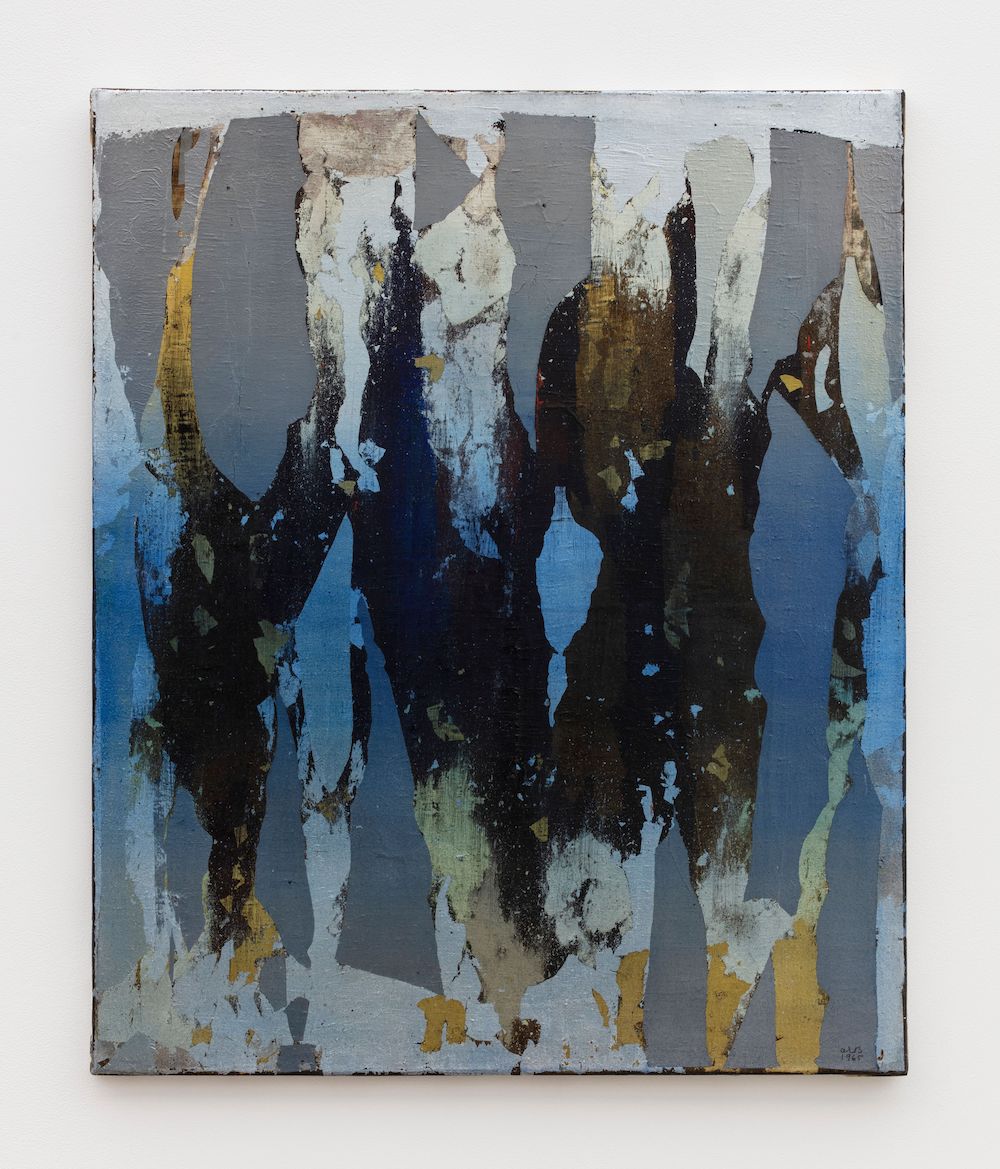Anna-Eva Bergman
Norway
Anna-Eva Bergman (1909–1987) was born in Stockholm to a Norwegian mother and a Swedish father. She studied at the Academy of Fine Arts in Oslo and the School of Applied Arts in Vienna before moving to Paris in 1929, where she met and married Hans Hartung. Early in her career, Bergman’s interest in the golden ratio and architecture shaped the structured and balanced compositions of her paintings. Returning to painting in 1946 after a period devoted to writing and illustration, she embraced abstraction—making line and rhythm her core vocabulary—and began experimenting with gold leaf, which became a defining element of her practice.
In the 1950s, inspired by the landscapes and northern light of Norway, Bergman developed a visual language based on symbolic forms such as stones, moons, mountains, and ships. Working in tempera and metal leaf, she explored the relationship between light and matter, creating paintings of meditative simplicity and cosmic resonance. After settling in Antibes with Hartung in 1973—where their shared home and studios would later become the Hartung-Bergman Foundation—her work evolved toward greater restraint and purity. Reduced in color and form, her late paintings introduced motifs of waves and rain, reflecting her lifelong pursuit of nature, order, and the spiritual.

